Over the past week, many people around the UK have spent numerous hours planning their costumes, house decorations, what sweets they were going to buy and what terrifying face they'd carve into their pumpkin this year. All around the country, parents are searching frantically for the last Elsa costume or a spare Spiderman mask for their children, who, this very night, will be making their way around their local area knocking on strangers' doors and asking for sweets. While the Elsas and the Spidermans will undoubtedly be common, however, plenty of children, teenagers and adults will opt to dress up as something slightly more scary in order to terrify their friends, such as ghosts, vampires, zombies and even exam results! On the radio this morning one presenter was even told off for planning to dress up as a cat because it wasn't scary enough. This got me wondering - why are we so obsessed with horror? Does our need to terrify each other and ourselves make us sadistic? And when did Halloween become an excuse to scare each other senseless?
Halloween is widely believed to originate from the ancient Celtic festival of Samhain, which took place at the beginning of November. It was seen as the end of the harvest season and the beginning of winter, when many believed that the boundary between this world and the Otherworld became blurred. Fey spirits, known as the Aos Sí (the Irish equivalent of faeries or elves), crossed over the boundary on that night, and it was believed that they would grant good fortune throughout the winter months to those who left them offerings in the form of food, drink or crops outside their homes. In some parts of Scotland and Ireland, not everyone believed that the spirits could actually cross the boundary, and in these places people would put on masks and imitate the Aos Sí, accepting offerings on their behalf. This is the earliest recorded example of people dressing up and going to others' houses to accept food or drink on this date.
The spirits of the recent dead were also believed to return on Samhain, and many families would offer food and drink to welcome back those who'd passed away. Over time, however, the return of these ghosts began to be feared, and by the 16th century people were wearing masks to disguise themselves from the spirits, whom they feared would take them back to the world of the dead if they recognised them. In the Scottish Highlands, some took the disguises as an excuse to play pranks, and by the 18th century such tricks were commonplace. This spread to England in the 20th century, with the first examples of 'trick-or-treating' recorded in the 1920s.
The origins of Halloween clearly explain the links between the festival and fantastical creatures such as ghosts and faeries. They don't, however, explain the reason why so many people decide to scare themselves or others by watching horror films or visiting haunted houses. The answer to that question is rather more scientific.
Fear and pleasure trigger the same physiological reactions - increased heart rate and breathing, sweaty palms and dilated pupils. The same response occurs whether we face genuine and fabricated fear, and our bodies produce adrenaline to prepare for the 'fight or flight' instinct that kicks in. When we watch a horror film, however, most people are able to accurately assess the level of danger and subconsciously recognise that they are safe, despite the fear they feel. When we are in a safe environment and feel afraid, that fear turns into excitement and our physiological reactions become those of pleasure. Therefore, for most of us, watching horror films, visiting haunted houses and jumping out at our friends are enjoyable, because they allow us to experience fear in a safe, controlled situation.
What's more, some scientists such as Margee Kerr, a sociologist who specialises in fear, believe that these kind of experiences, where fears are faced in a safe environment, can be remarkably good for you. Feeling scared and not backing down from the trigger - i.e. finishing the film/making it to the end of the haunted house - boosts our self-esteem, making us feel more confident and capable. Horror films have been found to be particularly popular for couples on a date, as each person feels like they prove something to themselves and to their partner by watching them.
What began as a pagan tradition to mark the beginning of winter has evolved into a multi-billion dollar industry, which people around the world celebrate by succumbing to the appeal of horror. As it turns out, that appeal isn't something to worry about; rather, it seems it's quite beneficial. In fact, I'm sure your friends will greatly appreciate it if you tell them exactly that to justify all the times you scare them senseless tonight!

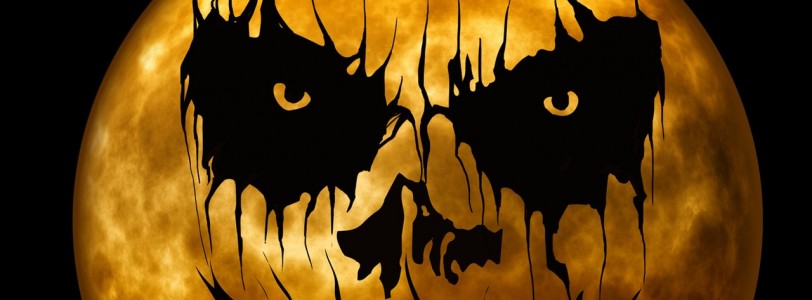
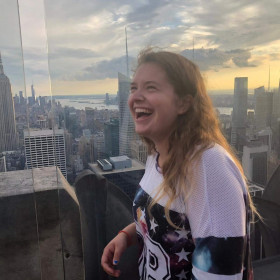
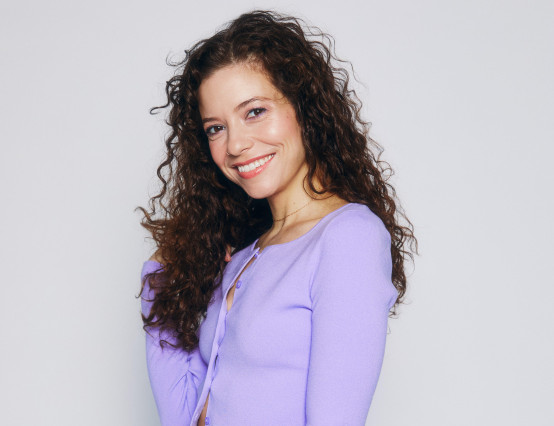
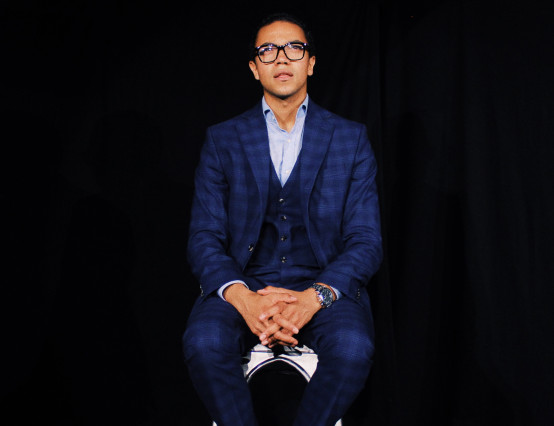
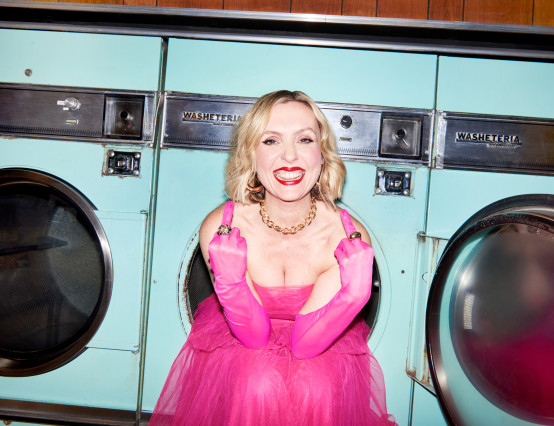
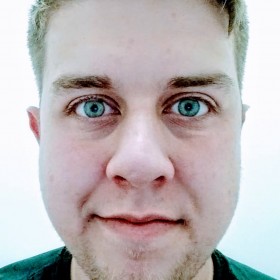


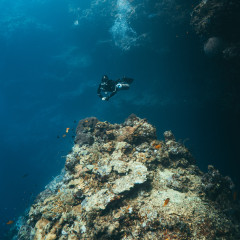
Hmm, interesting article, Sam!